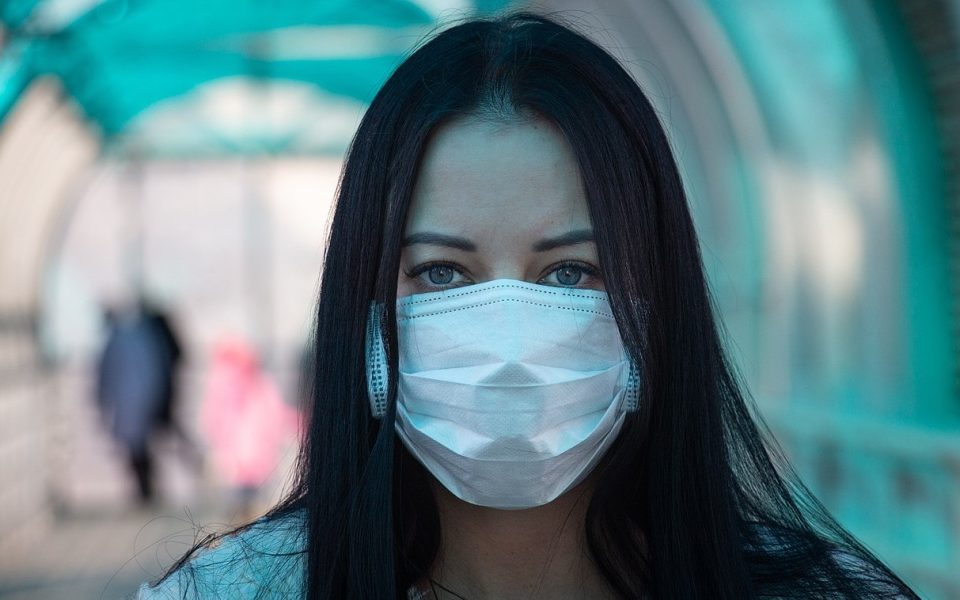At the end of last week, the Centers for Disease Control put out a new recommendation that all Americans should wear masks in public to help combat the spread of coronavirus. And while President Trump said he has no plans to wear one, here’s what the average person needs to know about when to wear a mask, what kind of mask to wear and why it’s important to follow the new recommendation.
Why should I wear a mask in public?
According to the CDC’s website, many recent studies have found that “a significant portion of individuals with coronavirus lack symptoms (otherwise known as asymptomatic) and even those who eventually develop symptoms (pre-symptomatic) can transmit COVID-19 to others before showing any symptoms.” This means that the virus can spread between people through coughing, speaking or sneezing, even if they aren’t showing the full range of symptoms.
What will the mask do?
Let’s be clear from the start. The masks that average Americans will wear — cloth masks, those made at home, scarves, bandanas and such — are not guaranteed to protect a healthy person from becoming infected. Rather, they are meant to keep asymptomatic and pre-symptomatic people, who don’t know they are infected, from possibly spreading the virus through coughing, sneezing or otherwise. Additionally, “cloth face coverings are not a substitute for physical distancing and washing hands and staying home when ill, but they may be helpful when combined with these primary interventions,” according to the California Department of Public Health.
What kind of mask should I wear?
Another important thing to note is that regular people do not need to buy and hoard N-95 masks. These must be reserved for those working on the front lines of the virus, including healthcare workers and first responders.
For now, the CDC is recommending people wear cloth masks. That can be anything from a homemade mask to one fashioned out of a bandana or scarf. The efficacy of these masks ranges, according to a new report by the New York Times. The CDC even has a guide online on how to make masks at home.

In recent tests, scientists have found that HEPA furnace filters, vacuum-cleaner bags and layers of 600-count pillowcases performed well in filtering microscopic particles. According to the Times’ article, Dr. Scott Segal, the chairman of anesthesiology at Wake Forest Baptist Health recommends using a light test to determine what kinds of fabric are best for a mask.
“Hold it up to a bright light,” said Segal in the article. “If light passes really easily through the fibers and you can almost see the fibers, it’s not a good fabric. If it’s a denser weave of thicker material and light doesn’t pass through it as much, that’s the material you want to use.”
Tests performed at the Wake Forest Institute for Regenerative Medicine in Winston-Salem also found good results for homemade masks using quilting fabric which is usually high-quality, high-thread count cotton.
However, if you can’t find a thick mask, any covering is better than none.
When should I wear one?
According to the CDC’s website, it is recommended that people wear cloth masks “in public settings where other social distancing measures are difficult to maintain (e.g., grocery stores and pharmacies) especially in areas of significant community-based transmission.” For example, I’ve seen many people wearing them at the local farmers market. People may also choose to wear them when they go to places like Walmart or Costco.
What else should I know?
Don’t forget that wearing a mask is only one form of prevention when it comes to COVID-19. Staying at home, social distancing and proper handwashing should always be used in addition to wearing a mask.

The CDC also recommends that reusable masks be washed regularly in a washing machine.
Masks should cover the mouth and nose and there should be no gaps between your face and the mask.
The World Health Organization also urges users to avoid touching the mask while using it and to clean your hands if you do. Don’t re-use single-use masks, and replace them once they become damp.
And finally, when removing the mask, remove it from behind and refrain from touching the front of the mask. Then, dispose of the mask immediately or put in the washing machine and wash your hands thoroughly.
For additional information and resources, including how to make your own mask, consult the CDC’s website here and the WHO’s website here.
Join the First Amendment Society, a membership that goes directly to funding TCB‘s newsroom.
We believe that reporting can save the world.
The TCB First Amendment Society recognizes the vital role of a free, unfettered press with a bundling of local experiences designed to build community, and unique engagements with our newsroom that will help you understand, and shape, local journalism’s critical role in uplifting the people in our cities.
All revenue goes directly into the newsroom as reporters’ salaries and freelance commissions.





Leave a Reply